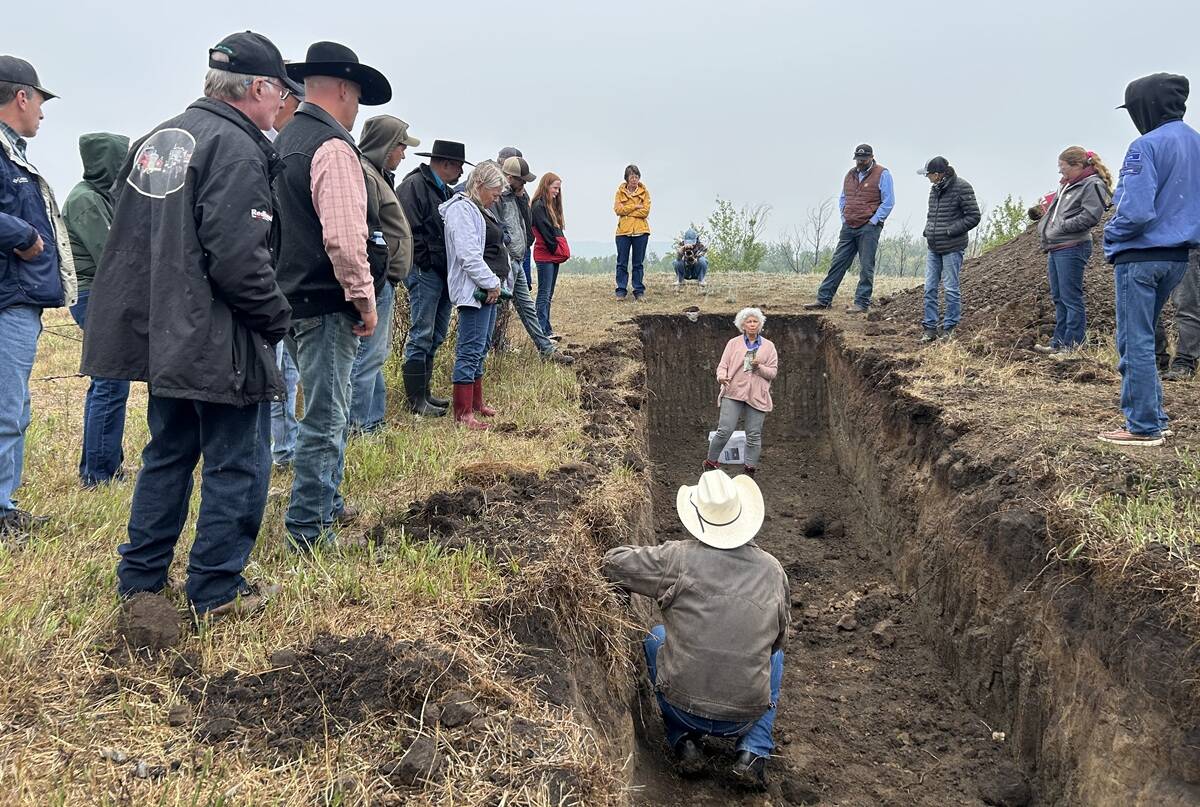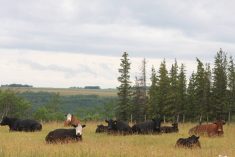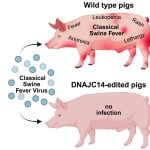Unless you’ve been living in a cave since last month you are no doubt aware of the unparalleled success of the inaugural Canadian Beef Industry Conference in Calgary. It made headlines around the country, topped the national Twitter feed, and generally brought smiles to the faces of anyone who was there. It’s rare to have 750 people attend a cattle meeting with no cattle around, certainly not in Canada.
In short, there’s not a lot I can tell you about it. It was great to see so many gathered in one spot to talk about the Canadian beef industry.
Read Also

Improving soil health on the ranch
Yamily Zavala, PhD, talks soil health for farmers and ranchers at a grazing club field day at Paradise Hill, Saskatchewan.
Instead, I thought I would give you a few of my musings on the conference as I tramped from one event to another over three days. Four of the five associations that authored the National Beef Strategy were holding meetings on the site so there was no end of places to be.
The first thing I noticed was the swarm of young people at every venue. At this type of event they are usually thin in numbers as they remain at home so Mom and Dad can go to town and take part in the discussions. Many of them were graduates of the Cattlemen’s Young Leader program, and their very attendance at this national convention is a sign of the success of this simple idea. If you want young people to get involved, invite them in.
Unfortunately, this is also one of the programs on the bubble with shrinking checkoff revenues.
Research is another. At the Beef Cattle Research Council meeting they were winnowing through pages of material to set research priorities for funding under Growing Forward 3. It may be a shorter list this time round. The industry kicked in $5 million in national and provincial checkoff dollars for the last beef research cluster, then leveraged it up to $20 million over five years. At the current rate of decline in the checkoff pool they won’t have $5 million to seed the pot, so there may be less to leverage over the next five years.
This past fiscal year the research council received $1.26 million from the national checkoff but even that is a bit misleading because it was also the last year for the so-called Legacy Fund. This financial remnant from the BSE tornado that tore through the industry after 2003 put $3.4 million into the marketing/research pot in 2015-16 compared to $5.4 million the year before. To replace that money the beef community is looking toward the new $2.50-per-head checkoff that should be introduced sometime next year. Not all provinces have signed off on it yet.
This conference was devoted to exploring the National Beef Strategy and some of the issues that need to be addressed to fully implement Canada’s branded beef advantage. So you had people from right across the beef value chain — marketers, packers, producers, retailers, restaurant managers and researchers — sharing the stage, in search of some common ground on how to improve beef sales to everyone’s mutual advantage.
Your view on these issues obviously differs depending on where you sit in the value chain.
What producers and packers see as misinformation about the industry’s environmental impact, animal welfare and the use of antibiotics and growth promotants, the food-service sector sees as opportunity.
Sysco Canada’s Randy White heads the country’s largest distributor of food products to hotels, restaurants and hospitals, and he sees an opportunity to drive local demand for Canadian beef, particularly in Eastern Canada.
Earls Restaurants president Mo Jessa was still apologizing for his clumsy introduction of humane beef, and assured producers he will source all the beef he can from Canadian ranchers, so long as it is certified as raised humanely.
Tim Hortons marketing manager Sam Heath is hoping a new beef sandwich will expand their lunch and summer trade.
All three have an interest in expanding beef sales in Canada, and their marketing approaches are similar: find out what your customers want and give it to them. Earls is targeting millennials with its humane beef message, Tim Hortons is conducting a large consumer study to find out what’s important to its customers, and if they want beef without “added hormones or antibiotics,” then that is what it will source. As Heath points out, nobody, ever got rich fighting public perception.
The overriding message I took from this session is that we can’t depend on the food-service sector to set the public’s perception of us.
As Cameron Bruett with JBS USA put it, we have to stand up and start saying who we are, what we do and why we are doing it.
Bruett believes the Global Sustainable Beef model is the best path forward. To be sustainable we must be profitable and care for people, animals and the planet.
When you boil it down, I suppose that is the challenge embodied in the National Beef Strategy. We may not be there yet, but this conference was a great first step.
















